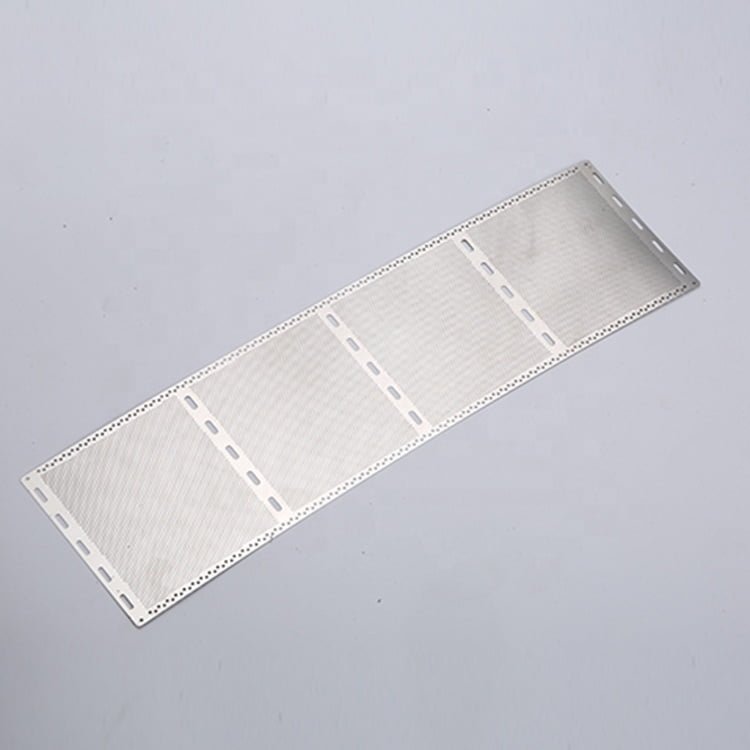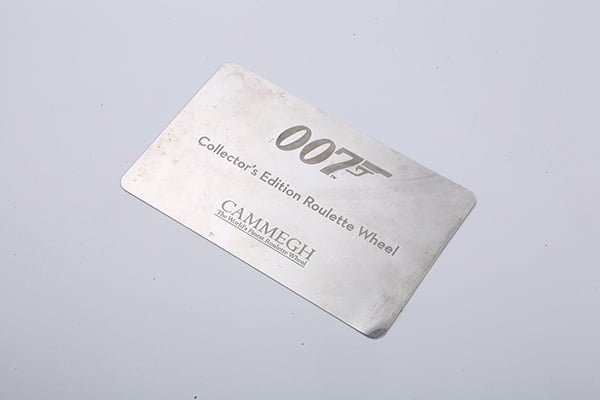Wet Etching Machining Molybdenum, Molybdenum, a refractory metal with exceptional mechanical properties and high melting point, has become a critical material in various industries.
Our Packages
- From 1000pcs
- Samples from 100pcs
- Approx. 30 days (may vary depending on the difficulty of the drawing)
View our Molybdenum etching production facility
Types of Molybdenum and Alloys
Molybdenum exists in various forms and alloys, each designed to suit specific industrial demands. Some common types include:

- Pure Molybdenum: Known for its high strength and heat resistance, pure Molybdenum is often used in high-temperature applications such as aerospace and defense.
- Molybdenum-Tungsten (Mo-W): This alloy combines the strength and thermal conductivity of Molybdenum with the excellent mechanical properties of Tungsten, making it ideal for electrical and electronic components.
- Molybdenum-Rhenium (Mo-Re): The addition of Rhenium enhances Molybdenum’s ductility and high-temperature performance, making it suitable for applications in aerospace propulsion systems.
- Molybdenum-Tungsten(MoCu): Molybdenum-copper is a composite material consisting of molybdenum and copper. It possesses properties similar to tungsten copper and offers adjustable coefficients of thermal expansion and thermal conductivity. However, molybdenum-copper has a lower density compared to tungsten-copper, making it more suitable for aerospace and other applications. This product exhibits high purity, uniform structure, and excellent performance.
Metal Etching Molybdenum

Metal etching is an essential process used to shape, pattern, or remove material from Molybdenum surfaces. Wet etching, using metal etching machines, is commonly employed for this purpose. The choice of a suitable etchant depends on the desired results and the processing difficulty involved. Common etchants for Molybdenum include Hydrofluoric Acid (HF), Ferric Chloride Etchant, and Cupric Chloride Etchant. Proper handling and safety precautions are essential due to their corrosive nature.
One of the recommended alkaline etchants for molybdenum etching is a solution of Sodium Hydroxide (NaOH). Sodium Hydroxide is a strong base and can effectively be etching molybdenum by removing thin layers of the material.
The etching process with Sodium Hydroxide is generally done at elevated temperatures to increase its effectiveness. However, it’s essential to handle Sodium Hydroxide with care as it is caustic and can cause skin and eye irritation. Appropriate safety measures, including protective equipment and proper ventilation, should be used when working with Sodium Hydroxide for molybdenum etching.
Molybdenum etching equipment
Photo Etching Molybdenum
Photo etching, or chemical milling, offers precise and intricate patterns on Molybdenum surfaces. The process involves using light-sensitive masks to protect specific areas while etching the exposed regions. Skilled expertise is crucial to achieving the desired precision in the final product, and careful handling of the photoresist is necessary to ensure accurate pattern transfer.
Precision machining of metal Molybdenum materials opens the door to endless possibilities in advanced technologies. Understanding the different types and alloys of Molybdenum, along with exploring the complexities of electroforming, surface treatment, metal cleansing, and etching processes, allows manufacturers and engineers to harness the full potential of this remarkable material. By selecting the most suitable processes and adhering to necessary precautions, Molybdenum materials can continue to drive innovation, enhance performance, and push the boundaries of modern engineering across various industries.
View our metal etching products
how to etch Molybdenum?
Etching Molybdenum Process Guidelines
| Metal Alloy | Etchant | Etching Temperature (°C) | Etching Concentration (%) | Estimated Etching Depth (microns) | Etching Quality |
|---|---|---|---|---|---|
| Etching Pure Molybdenum | Hydrofluoric Acid (HF) | Room temperature | 5% HF | 10-40 | High-quality (smooth) |
| Etching Molybdenum-Tungsten | Ferric Chloride Etchant | Room temperature | 10% FeCl3 | 10-50 | High-quality (smooth) |
| Etching Molybdenum-Rhenium (Mo-Re) | Cupric Chloride Etchant | Room temperature | 10% CuCl2 | 10-50 | High-quality (smooth) |
| Etching Molybdenum-Tungsten (MoCu) | Sodium Hydroxide (NaOH) | Room temperature | 10-20% NaOH | 10-50 | High-quality (smooth) |
The values provided are approximate and can vary depending on specific etching conditions, including exposure time and the condition of the molybdenum or molybdenum alloy surface. Always conduct test etches and adjust parameters as needed to achieve your desired results. Additionally, safety precautions should be followed when handling these chemicals, especially in the case of Hydrofluoric Acid.
If you have metal wet etching Molybdenum needs, please feel free to contact us.
FAQs
What metals can you use to customize my goods?
- Wet Etching Germanium
- Wet Etching Gallium Nitride (GaN)
- Wet Etching Indium
- Wet Etching Cobalt
- Wet Etching Tungsten
- Wet Etching Stainless Steel
- Wet Etching Aluminum
- Wet Etching Kovar
- Wet Etching Copper
- Wet Etching Steel
- Wet Etching Nickel
- Wet Etching Platinum
- Wet Etching Silver
- Wet Etching Rhodium
- Wet Etching Hafnium
- Wet Etching Vanadium
- Wet Etching Zirconium
- Wet Etching Titanium
- Wet Etching Niobium
- Wet Etching Tantalum
- Wet Etching Molybdenum
- Wet Etching Brass
- Wet Etching Rhenium
How quickly can I get your response?
Within 24 hours.
Will you do 100% inspection before shipping out the orders?
Yes we do.
Can I have prototypes or samples before placing the order?
Samples are always available.
Etching Molybdenum Samples























